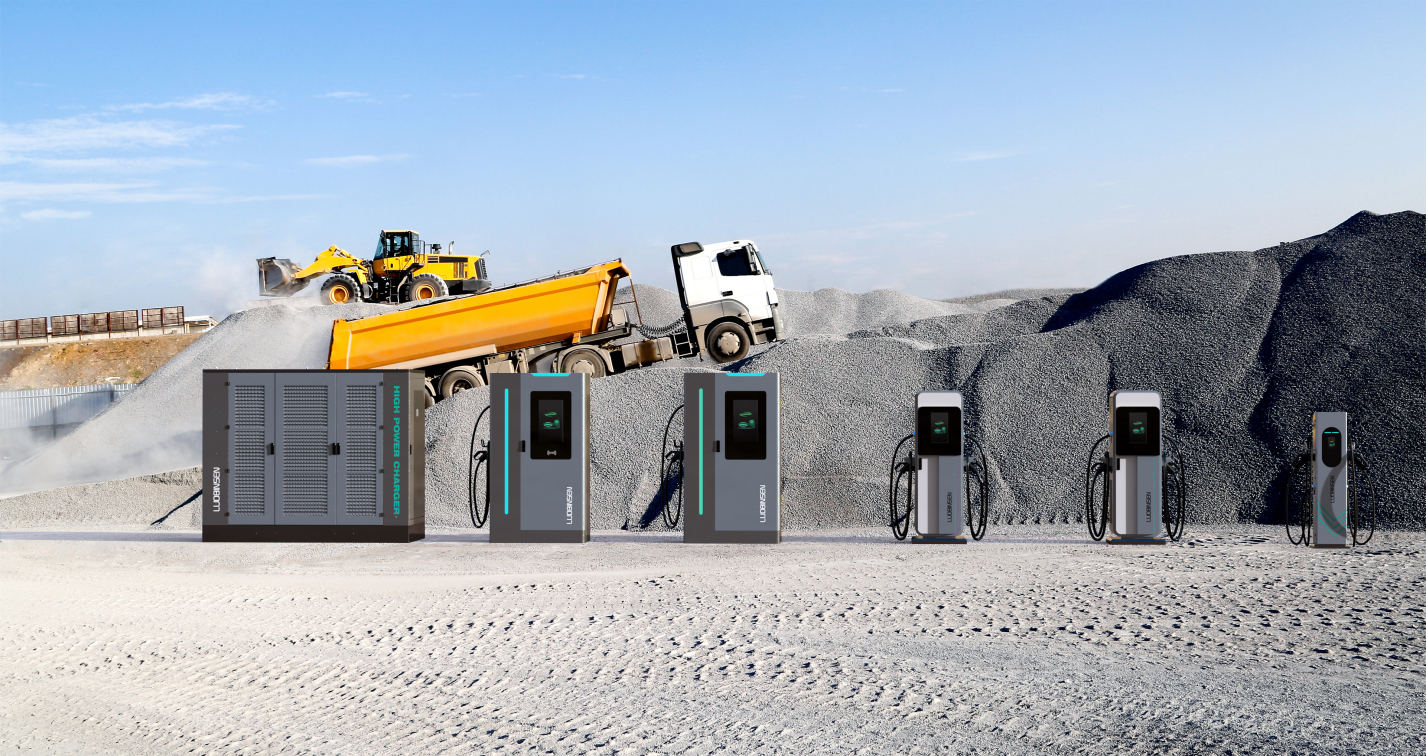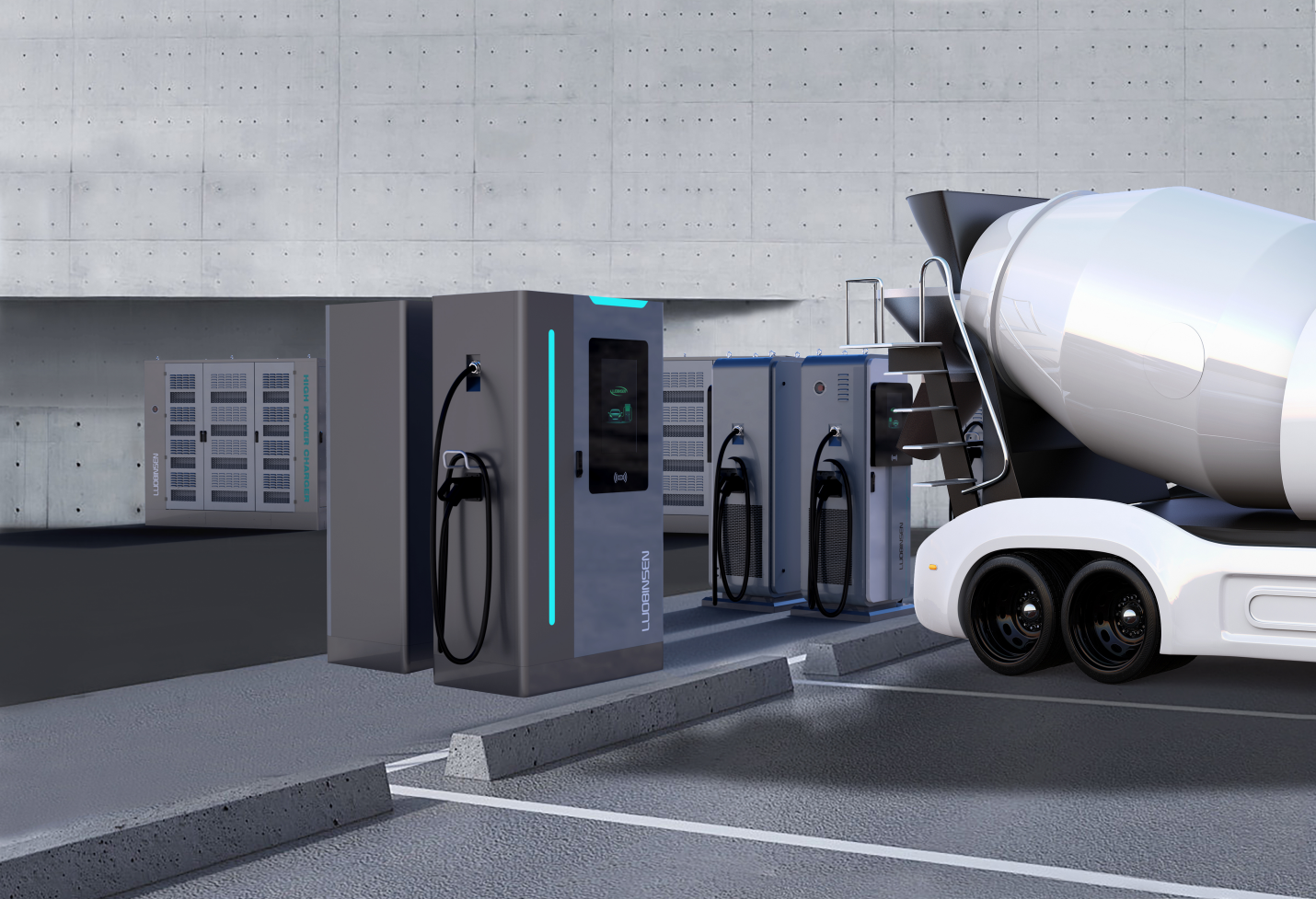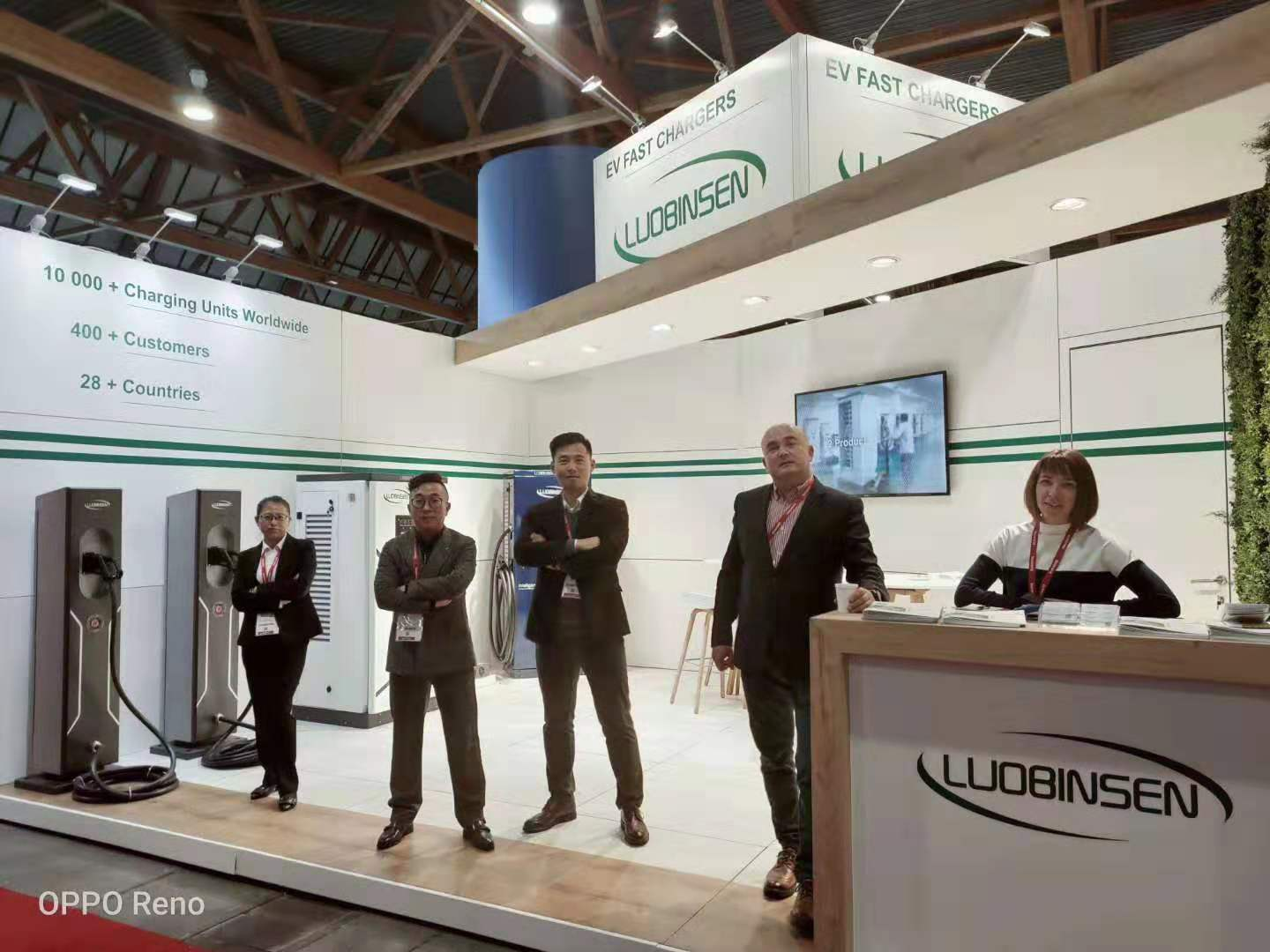Electric trucks are growing fast in the global vehicle market, becoming a significant force driving sustainable development. This shift has brought notable economic and environmental benefits, including reduced fuel costs, maintenance expenses, and carbon emissions.
Governments around the world are supporting this transition through various incentives, such as subsidies, tax credits, and other policies, to encourage the adoption of electric trucks in commercial transportation. For example, Germany mandates the installation of chargers at gas stations and provides special funding support for charging infrastructure for heavy-duty electric trucks. [1]
If you are considering investing in the electric truck charging station business or supporting your fleet operations, what factors should you take into account? Keep reading for more information.
How to Choose a Location for Electric Truck Charging Stations?
Location directly affects operational efficiency, investment returns, and user convenience. Electric truck charging stations are typically built in:
- · Logistics Parks: Logistics parks are busy areas where freight vehicles park. The straight-line distance between the charger and the park’s main entrance/exit should ideally be within 1-2 kilometers to ensure sufficient buffer space and traffic capacity.
- · Highway Service Areas: These places are perfect for long-distance trucks to stop and charge. Prioritize high-traffic highway hubs and install high-power EV truck charging stations to reduce waiting time. Plus, to avoid congestion, ample lanes should be reserved, and future expansion possibilities should be considered.
- · Ports: Ports are important spots where goods arrive and leave. The distance between the electric truck chargers and the port loading/unloading area should not exceed 3 kilometers, allowing heavy trucks to charge during cargo handling intervals.
- · Mining Sites: Mining areas typically use heavy-duty electric trucks for long-term operations, making them highly suitable for on-site charging infrastructure construction. Selecting sites within or near the mining area can reduce operational delays, allowing trucks to charge during rest breaks. This supports the electrification of internal fleets.
Well, whether installing truck chargers in a logistics park, highway service area, port, or mining area, it is essential to ensure sufficient land area to accommodate charging stations, transformers, energy storage systems, and queuing zones. Moreover, since truck charging station points are long-term investments, the lease or land use agreement should be of adequate duration (recommended at least 5 years) to avoid relocation costs or operational disruptions due to site changes.
How to Plan Electric Truck Charging Points?
Setting up electric truck charging station points will not be a simple act of ordering chargers. You need a proper plan so everything works safely and matches your long-term green EV charging needs.
1. Obtain Installation Permits
Start by getting the legal permissions from your local authorities. This includes land use approvals, construction permits, power infrastructure upgrades, fire safety inspections, and other requirements. Policies vary significantly across regions.
For example, some US states have streamlined approval processes for charging infrastructure. When multiple departments are involved in the review process, concurrent reviews may be permitted. [2] Certain regions may impose special restrictions on grid connections.
2. Purchase High-Power DC Charging Stations
To minimize EV truck charging time and avoid impacting operational efficiency, high-power DC fast chargers (such as 300kW or above) are essential. Additionally, what is the local mainstream charging protocol? Typically, North America uses CCS1, Europe adopts CCS2, CHAdeMO is the predominant standard in Japan, and GB/T is China’s national standard for EV charging.
Furthermore, considerations should include the charging station’s safety protection functions and smart management features (such as remote monitoring). These measures help safeguard your investment and optimize energy usage.
3. Grid Connection and Upgrades
Submit a power supply connection application to the electricity provider. Key considerations include:
- · Electric truck charging stations place high demands on the grid. It is necessary to assess the existing power capacity and implement upgrades, including installing transformers, distribution cabinets, and power monitoring systems. If the site is located in a remote area, applying for a dedicated power supply line may be required.
- · Electricity pricing policies directly impact operating costs, so negotiate with the power company for the most favorable terms.
- · Additionally, reserve capacity expansion space during planning.
4. Installation Standards
To maintain the efficient working and safety of EV charging for fleets, strict installation standards must be followed.
First, hire professional installers or ask for support from the charging station manufacturer to ensure the charging point complies with local electrical codes, such as cable routing, grounding protection, and lightning protection measures.
Second, fire safety systems are critical, including fire suppression equipment and emergency power-off devices, to mitigate the risk of electrical fires.
Third, you can install solar carports and energy storage systems to utilize green energy for cars. Beyond reducing the station’s electricity costs, green EV charging also enables green charging and promotes global sustainable development!
5. Apply for Subsidies or Tax Incentives
Many countries support electric truck charging through tax cuts and funding programs. For example:
- In Europe:
In Italy, companies/professionals investing in commercial/public charging stations can receive a 40% grant, with maximum amounts of €50,000 (for 50–100 kW DC) and €75,000 (for >100 kW DC).
In 2025, the Swedish launches three new funding streams to support heavy-duty vehicle charging (service stations, public corridors, and Ten-T expansion).
France has allocated €200 million (2024–2027), along with an additional €68 million specifically for fast/ultra-fast public chargers. [3]
- In Brazil:
The MOVER Program states that companies investing in electric vehicle technology can enjoy financial credits of up to R$19.3 billion between 2024 and 2028. These credits can be used to offset federal taxes. [4]
- In India:
In early July 2025, the Indian government provides financial incentives for electric trucks under the PM E-DRIVE scheme, with a maximum incentive set at Rs 9.6 lakh per vehicle. [5] Moreover, the program will allocate ₹2,000 crore to establish 72,000 public EV charging stations.
Invest in High-quality Heavy-Duty Electric Truck Charging Stations
As a world-leading provider of high-power EV charging technology, Luobinsen electric truck charging stations are renowned for their high reliability and high-power performance, making them particularly suitable for truck charging scenarios such as logistics fleets, ports, and highway service areas. Recommended products for charging trucks include:
- · Pantograph Charger: Available with both upward and downward pantograph options, featuring one-touch automatic lifting/docking with vehicle charging contacts. Its power range of 200kW~480kW meets fleet rapid charging needs during rest periods.
- · All‑In‑One DC Charger: Offers a 60-360 kW power range and supports multiple charging modes (CCS, CHAdeMO, GBT, NACS). It features a big touchscreen interface for intuitive charging navigation and additional advertisement display.
- · Group Charger: The group charger offers power from 240 kW up to 720 kW and can charge 2 to 12 trucks at the same time. It comes with air or liquid-cooled options for different scenarios. When multiple vehicles charge simultaneously, it can dynamically allocate power to ensure optimal charging efficiency.
Conclusion
As more trucks become electric to promote a sustainable future, investing electric truck charging system matters a lot. You need to plan well, choose a good location, use strong charging equipment, and apply for government subsidies to reduce investment costs.
Luobinsen provides powerful solutions that help keep your trucks powered and ready to go. For easy electric truck charging, contact Luobinsen now!
References
[1] Germany Incentives and Legislation. Available at: https://alternative-fuels-observatory.ec.europa.eu/transport-mode/road/germany/incentives-legislations (Accessed: 31 July 2025)
[2] Permitting Processes for Electric Vehicle Charging Infrastructure. Available at: https://afdc.energy.gov/fuels/electricity-permitting-processes (Accessed: 31 July 2025)
[3] Road. Available at: https://alternative-fuels-observatory.ec.europa.eu/transport-mode/road (Accessed: 31 July 2025)
[4] MOVER Program Approved Unanimously by Brazilian Senate. Available at: https://braziliannr.com/2024/06/09/mover-program-approved-unanimously-by-brazilian-senate/ (Accessed: 31 July 2025)







